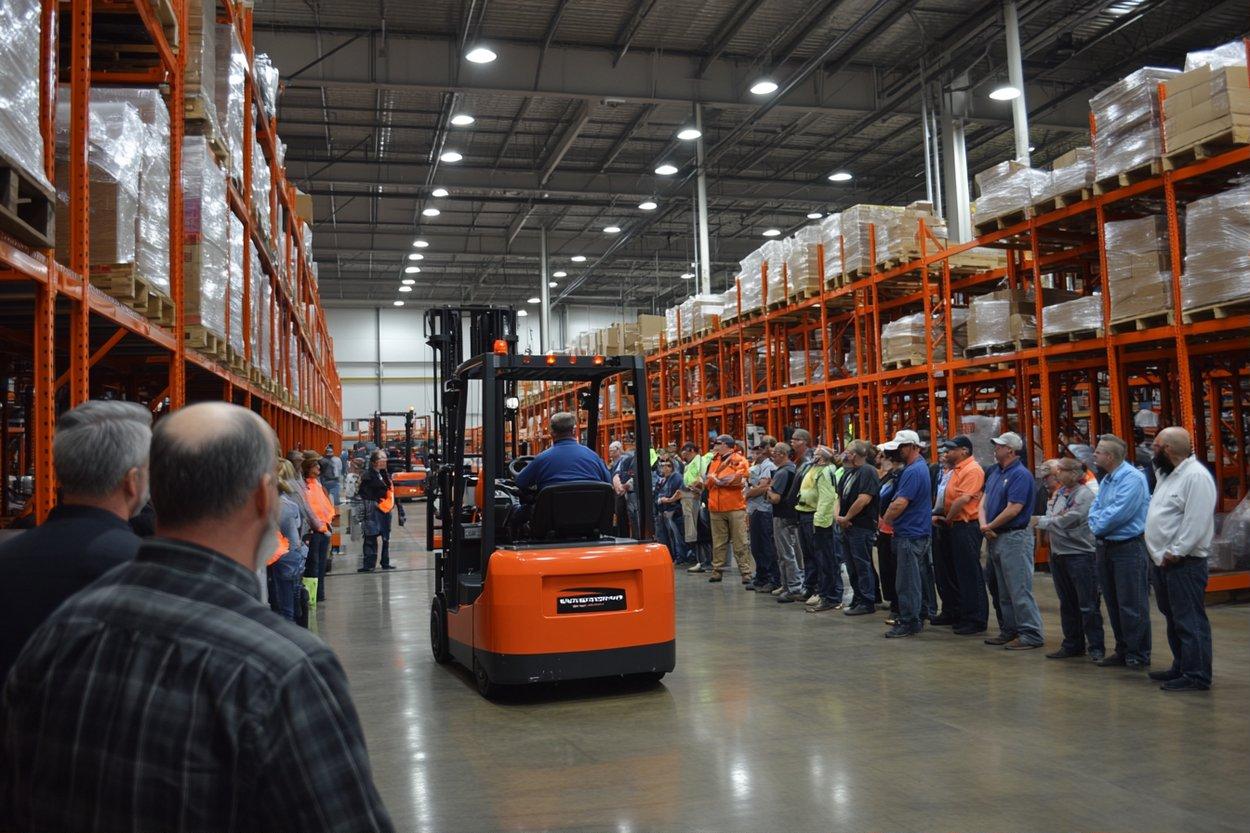Rethinking Telecommunications: The Rise of Fixed Wireless Access
In today's increasingly digital world, reliable, high-speed internet connectivity is not a luxury but a necessity. As the global community relies more heavily on remote work, distance learning, telemedicine, and a host of other virtual services, it's clear that a strong internet connection is vital. Our quest for constant, reliable connectivity leads us to explore the potential of Fixed Wireless Access (FWA).

What is Fixed Wireless Access?
Before we delve into the impact of FWA, it’s crucial to understand what it is. Fixed Wireless Access is a method of providing internet connectivity to homes or businesses using radio signals rather than cables. The process involves setting up base stations in specific locations, which transmit signals to receivers installed at the user’s premises.
The Evolution of Fixed Wireless Access
FWA has been around for decades, but early iterations were plagued by performance and reliability issues. However, technology has evolved significantly, and the advent of new wireless technologies has breathed new life into FWA. In particular, the advent of 4G LTE and the promise of 5G have transformed FWA from a fringe technology to a viable alternative to traditional wired connectivity.
The Current Landscape of Fixed Wireless Access
Today, FWA is a hot topic in the telecom industry. A study by Ericsson predicted that by 2025, FWA connections would reach nearly 160 million worldwide. This growth is driven by the need for better connectivity options and the advancements in wireless technology that make FWA a more reliable and faster alternative.
The Impact of Fixed Wireless Access
FWA carries the potential to revolutionize the way we connect to the internet. For consumers in areas where traditional wired connections are unreliable or non-existent, FWA can provide a high-speed, reliable alternative. Businesses can also benefit from the flexibility and scalability of FWA, especially in cases where temporary, movable, or remote connectivity is required.
The Challenges and Solutions of Fixed Wireless Access
Despite its potential, FWA is not without its challenges. Signal interference, line-of-sight issues, and capacity limitations can affect performance. However, technological advancements are continuously addressing these problems. For instance, the use of advanced antennae techniques and high-frequency bands can mitigate interference and improve capacity.
In conclusion, Fixed Wireless Access brings a fresh perspective to the internet and telecom industry. As technology continues to evolve, FWA promises to be an essential piece in the puzzle of achieving universal, high-speed connectivity. While challenges remain, the potential benefits of this technology make it a trend worth watching in the telecommunications landscape.




